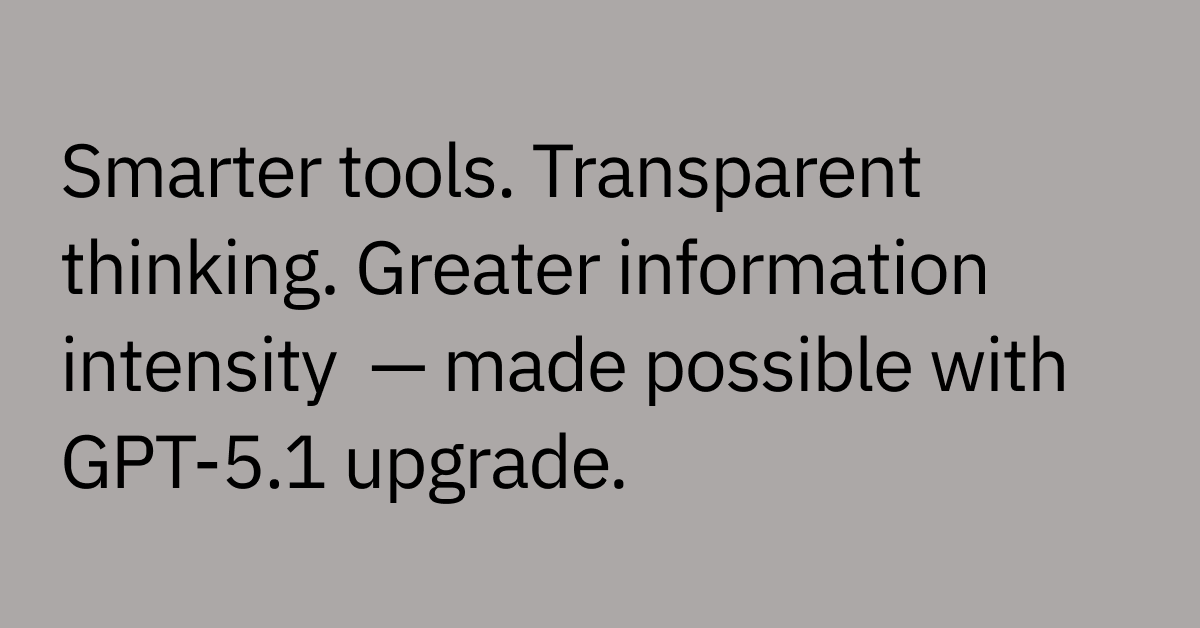Table of contents
This month, I had the honor of testifying before Congress on the government’s use of AI to drive efficiency, while shining light on how AI is fundamentally transforming how work gets done across America’s $30 trillion economy.
A decade of AI leadership
At Moveworks, we’ve spent nearly a decade helping some of the world’s largest organizations put AI to work for greater efficiency. During my testimony, I shared specific customer examples of how AI is solving universal problems for public and private entities by transforming employee experience, providing instant support, reducing the toil of manual and tedious tasks.
Current procurement practices aren’t built for innovation
More than 5 million employees across over 350 large public and private organizations rely on Moveworks to work more effectively. But despite strong enthusiasm across government agencies, very few have been able to procure AI tools like ours. Why? Because the current procurement system isn’t built for innovation.
Core public sector innovation challenges
My testimony addressed some of the barriers that represent core challenges for the government gaining access to the most innovative AI developed by smaller startups, including the FedRAMP® certification process. FedRAMP®, short for the Federal Risk and Authorization Management Program, is a US government initiative designed to assess, authorize, monitor, and ensure the security and compliance of cloud services used by federal agencies.
This certification is critical for government agencies to know they are purchasing software which has been thoroughly vetted. However, the way the program is administered slows down the procurement of innovative technologies.
Moveworks spent a considerable amount of time and resources before getting listed on the FedRAMP® marketplace. This is a huge time and monetary deterrent for smaller AI startups. However, securing data and earning customer trust remains a core commitment at Moveworks – something that carries significant weight with our customers, including long-standing federal contractors such as Leidos, Guidehouse, Mantech, and Northrop Grumman.
An opportunity for greater global AI leadership
For America to extend its global lead in AI, the government must be an enthusiastic adoptor of AI and not stifle innovation. By failing to quickly adopt AI, the government is losing out on the benefits. The stark contrast becomes clear when looking at what private sector organizations are already achieving. For example:
- Honeywell reduced IT help desk requests by 80% — leaving only the most complex issues to be handled by the human IT team.
- Broadcom grew from 10,000 employees to 50,000 without increasing the size of their IT service staff. In addition, 70% of their IT issues are now solved in less than a minute.
- The City of Glendale, Arizona achieved a 514% return on its investment in AI — driven by its use of the Moveworks AI platform.
The potential of AI in the public sector and beyond
AI will create more jobs as the efficiencies it creates unlocks new opportunities. We are seeing this in play already – Moveworks’ enterprise customers have grown headcount since deploying the technology. They want to endeavor to do more things and start to do more strategic, and interesting work.
Thank you to the entire team at the House Committee on Oversight and Government Reform, Chairwoman Nancy Mace, Ranking Member Lynch, and James Comer's entire team for the opportunity to contribute to this essential conversation.
We look forward to working together to help our government realize the full potential of AI.
Fnd my testimony and the full hearing here: “The Federal Government in the Age of Artificial Intelligence.”



